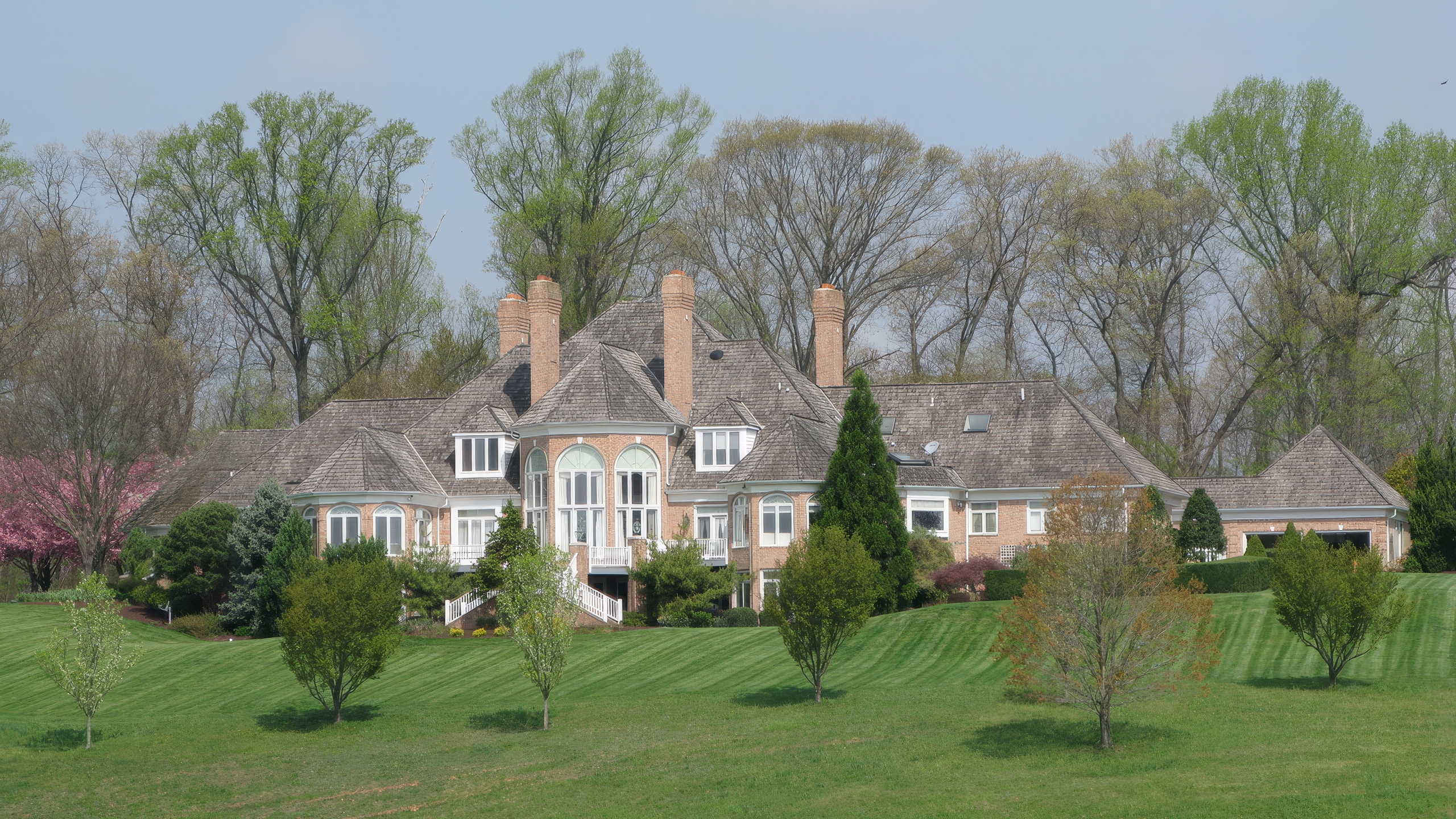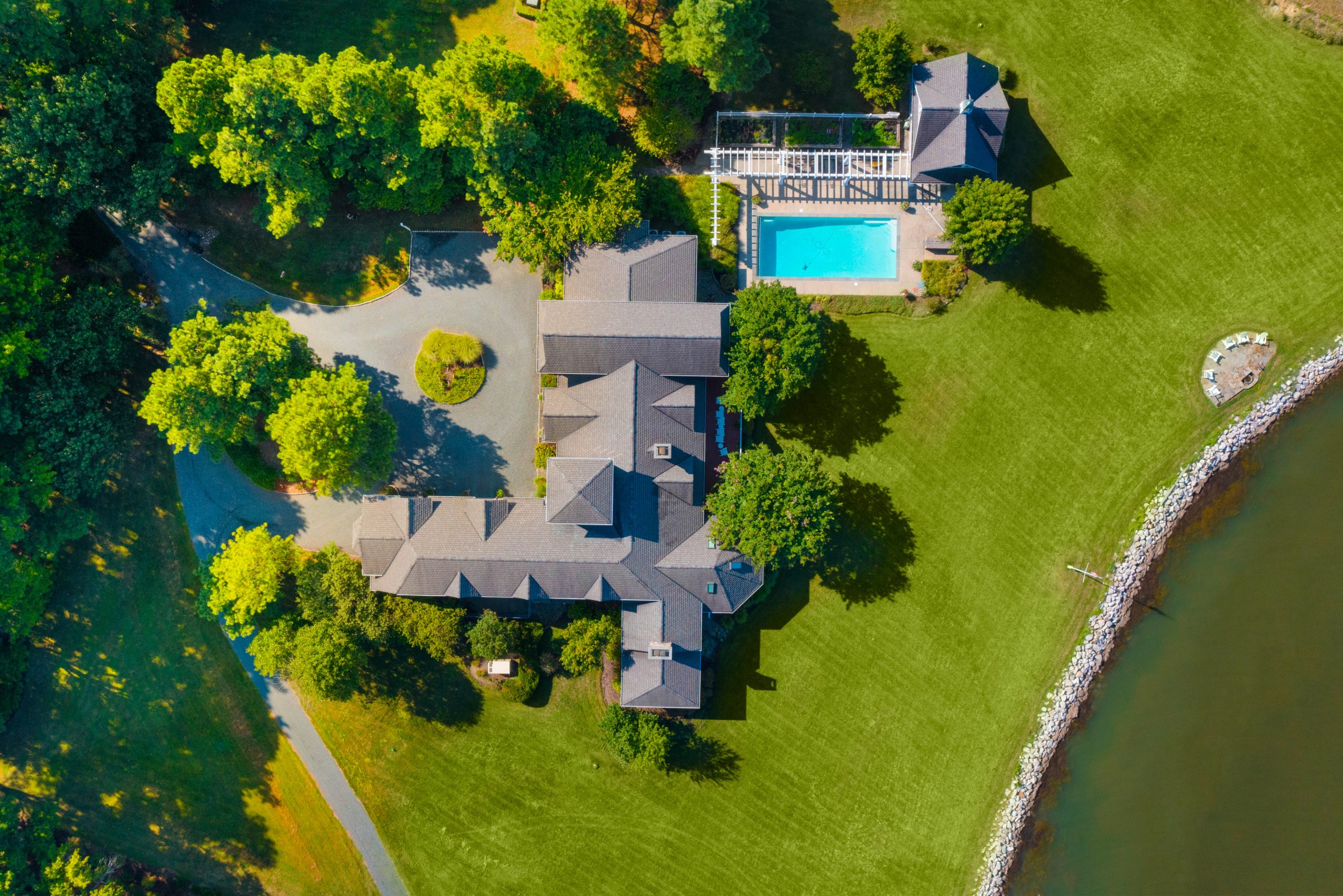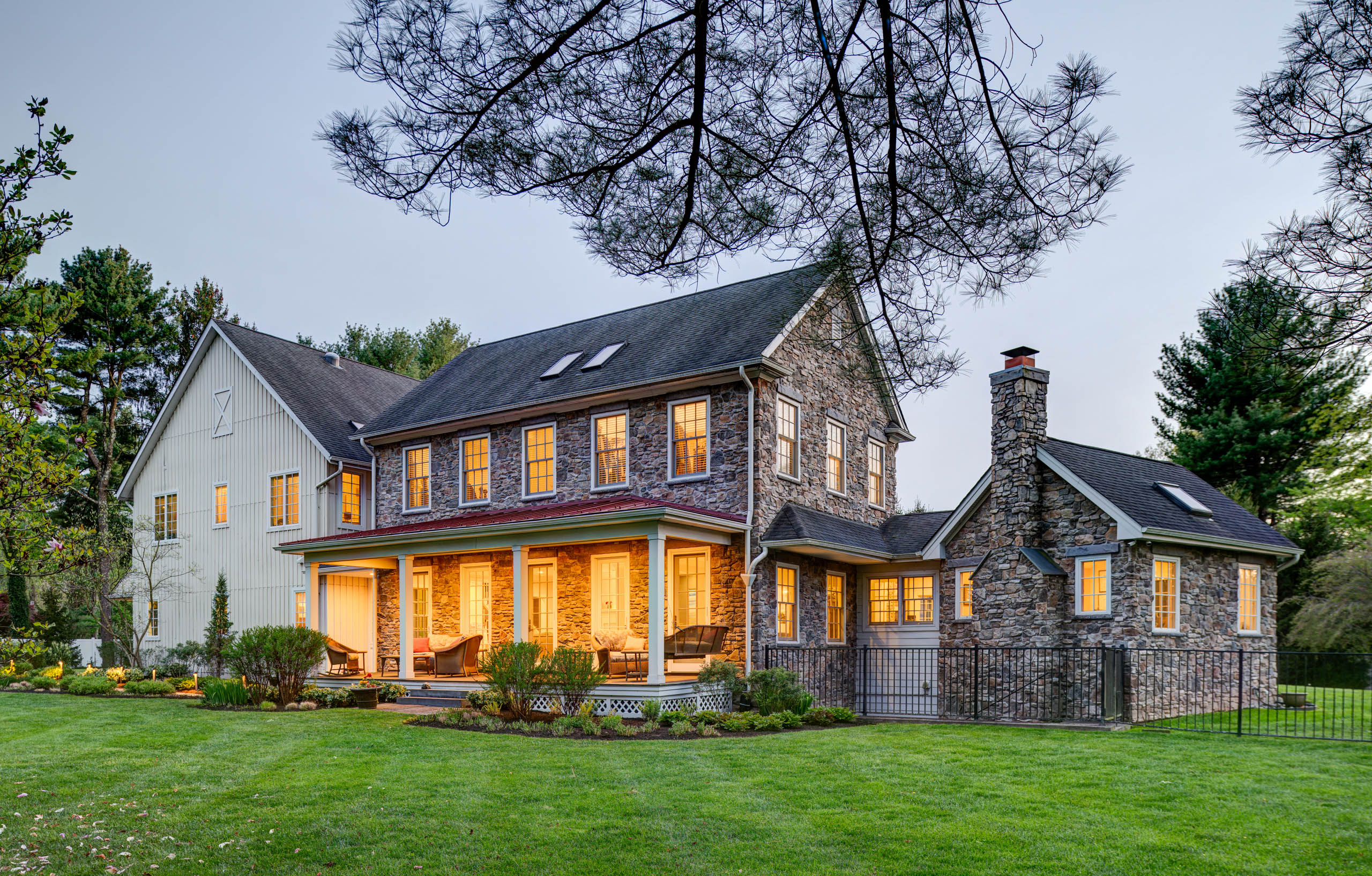What you wear, the car you drive, and the places you live are a reflection of you. If you’re lucky, you have the means to tailor those things to reflect your unique lifestyle and personality.
Designing a custom home means that you’re not buying something ready-made off the shelf. You don’t have to settle for a cookie-cutter solution that checks some of your boxes. You can design an extravagant jewel box chateau, a contemporary classic mansion, or a coastal estate that fits precisely with your lifestyle.
Your home is your biggest investment, and designing a custom home is a complex and detailed process. From my own personal experience, here are all the ways a custom home architect impacts the process and influences the outcomes.
How Residential Architects Ensure Your Custom Home Design Reflects Your Personality
You have an opportunity in building a custom home to not only reflect your personal aesthetic but also incorporate the latest technology and leverage the site on which it’s built. All with a goal of creating the perfect space for you and your loved ones.
Do you have an amazing view? Do you prefer natural light and ventilation? These are all things that you can maximize with a custom home design. While trends and technology, like open floorplans or smart-home devices, change at an ever-increasing pace, when you engage an architect for a custom home design it means that you can not only incorporate the latest features in a way that will work for you and serve your needs no matter what future changes come your way.
How a Custom Home Architect Turns Data Into Your Dream Home
People often ask what I’m doing when I’m designing a home. The short answer is thinking. However, designing is a very hands-on experience and every line I sketch represents multiple data points. It takes many iterations to get those data points all to come together in something cohesive and elegant.
When I was in college struggling with a design assignment my professors gave me some sage advice: you can’t start with the solution. If you’re a writer, think about how many iterations it takes to get to that final elegant draft. If you’ve worked at all with photography, you’ll understand that it takes many shots and sometimes adjustments of angle and lighting to get to that perfect photo.
In the same vein, when designing a custom home there are hundreds of factors that need to be taken into consideration. This is not unlike the research done before you write an article or a paper. What is the context in which we’re placing the home? Is it a lake, on a hill, or in an existing neighborhood?
All of these data points matter, and while some details may seem too small to warrant a second thought, an architect takes note of everything that can impact your home — a slight change in angle can vastly improve a view. This ensures the final result looks and feels exactly how you imagined.
How a Custom Home Architect Creates Harmony
My initial client meetings involve developing an understanding of how the home will be used, what spaces they need both inside and outside, and what their taste and style includes. I have a friend who used to say: in matters of clients, there is no dispute. This is true of a custom home design. The home is for the client and my job is to help them realize their dream.
To do this, I use a set of discussion cards with various architectural styles to help clients uncover their true design preferences. The style of the house also dictates a great deal about the design. Is it an open plan or is it more traditional with defined spaces? These choices drive a lot about the structure, fit and finish, and the size and shape of the windows and doors. All of this is referred to as architectural programming. Essentially, this is the problem definition we need before we can begin solutioning.
Back when I was doing all my designs by hand, I used a very thin tracing paper to overlay each iteration of each part of the building. There could be dozens of iterations on the kitchen and bathroom alone. Now, though I still start with sketching, I do it digitally. I can digitally add layers to iterate on design ideas. Once this is done, I take that rough information and put it into a computer aided design system (CAD). These CAD drawings enable me to generate 3D images of the design and can then be used to be developed into the construction drawings from which the house is built.
How Collaborating with the Right Team is the Key to Success
Designs on paper don’t build themselves. This is where the team you select comes in. It’s incredibly effective to involve the build team early before the design is complete. This not only engenders collaboration, but it also makes problem solving more efficient.
When field issues arise, I want to get a phone call to discuss the issues so that we can solve them together. It’s important to understand that no matter how detailed a set of architectural drawings and specifications are, they are still theoretical. The builder translates those theoretical drawings into the reality of physical space. They say no plan survives first contact. That goes for building a home as well and it is important that the team work together to deliver a high-quality product to the client.
How a Custom Home Architect Leads to Long-Term ROI
People measure investment returns differently. In this case satisfaction and quality are the true measure of your return. If your intention is to get a home that represents exactly what you want you can only do so by engaging a qualified custom home architect. In doing so, you are ensuring that your custom home is a reflection of you and your lifestyle.
And when you achieve that, the return on investment on quality is immeasurable. In addition to designing homes, I have spent a lifetime building things — not only homes but also furniture. I jokingly say that every project is an opportunity to buy a new tool. I’ve never been sorry when I’ve bought a quality tool, and I’ve always been sorry that I bought a cheap one. The quality has always paid for itself not just in terms of longevity but the ease of use and the quality of the product it enables me to produce.
Just like those tools, the quality of your custom home is what truly matters. And to me, quality doesn’t just refer to the materials used, the structural soundness, or the aesthetic we achieve together. It means when you step into your home, it feels like the dream home you’ve always imagined.
To learn more about our custom home architecture service, get in touch.




